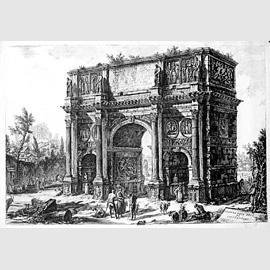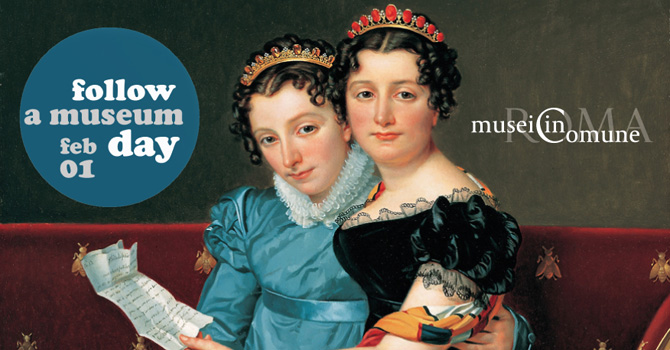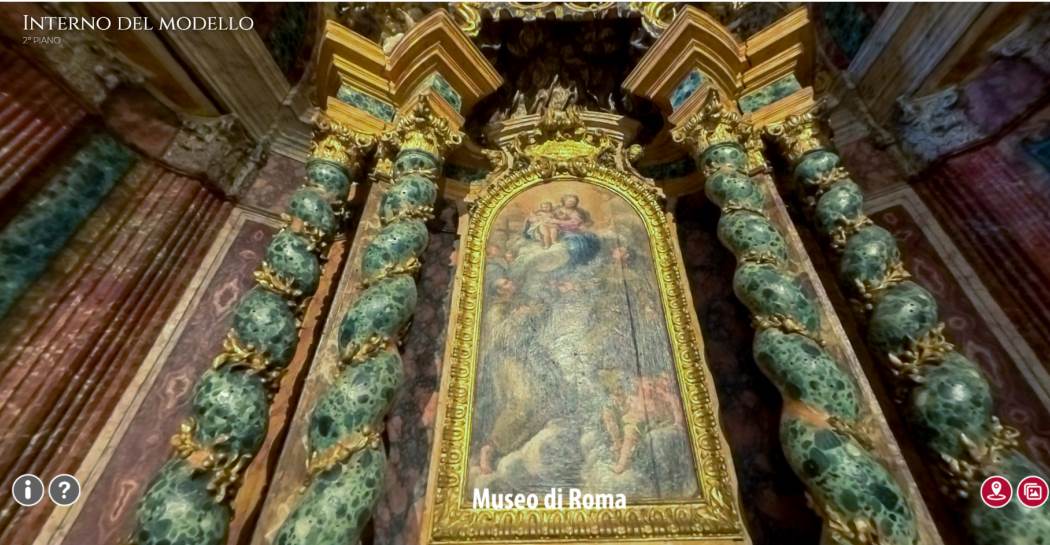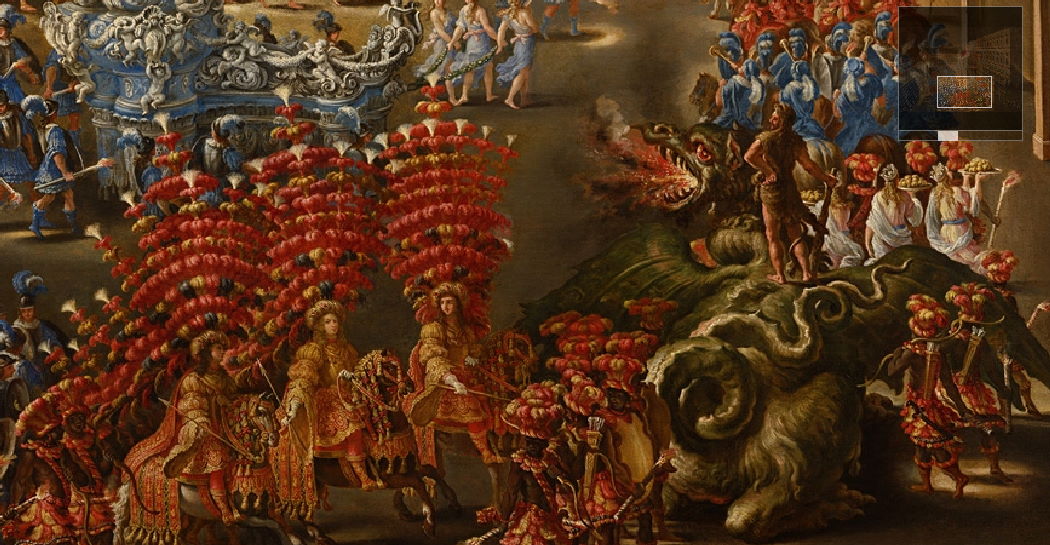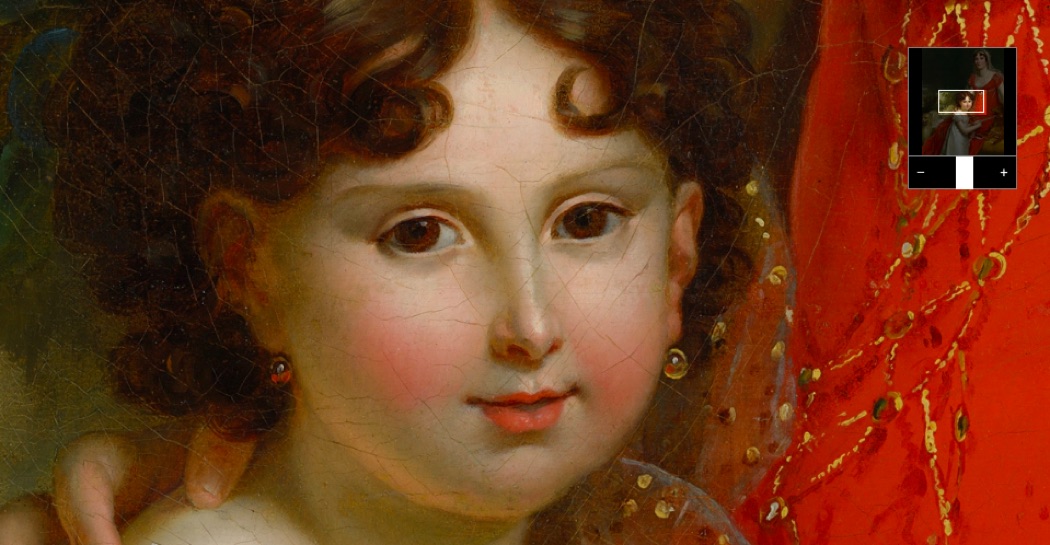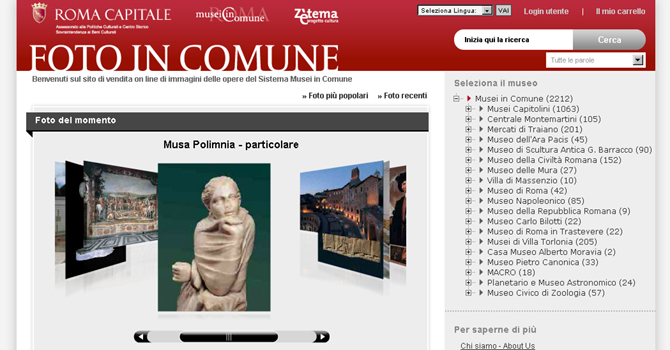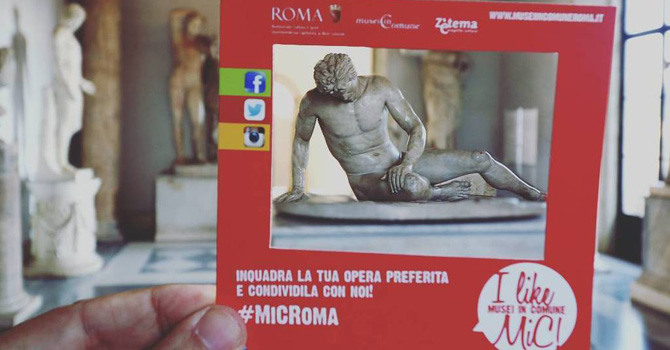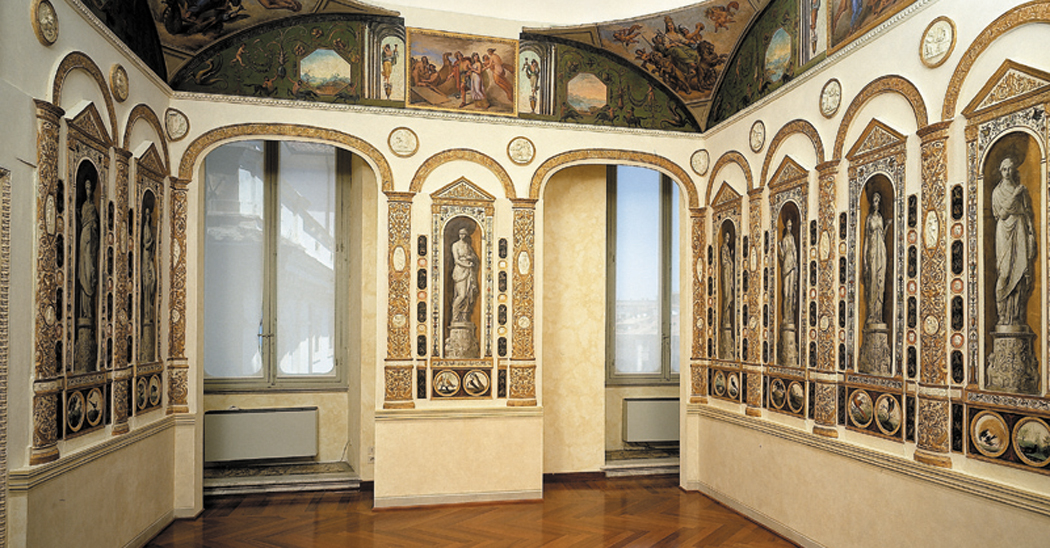Engravings
Thanks to the variety and huge quantity of engravings contained in the Municipal Prints Room, a thorough and exhaustive reconstruction of the graphic production and publishing activity which developed in Rome from the sixteenth to the nineteenth century is possible. Ever since the Museum was founded, homogeneous groups of engravings have formed part of its collections through legacies, donations or purchases. They consist of a series of pictures of historical, civil and religious events, such as cavalcades, triumphal marches of famous people, temporary settings for feasts or funeral celebrations, ranging in time from the sixteenth to the nineteenth century. There is also a large collection of maps and views of the city which are largely iconographic and document the topography and the history of Rome and its surroundings. The series of explanatory images of the sixteenth century guides to the city are followed by the main series of views of ancient Rome, published in the second half of the sixteenth century, which helped to foster the love for anything ancient , so popular at that time, among the general public. Of such publications, the Speculum Romanae Magnificentiae, was a well-known illustrated anthology of the whole repository of the then known ancient Roman ruins, edited by the publisher Antonio Lafrey as of 1575. Engravings of views in the sixteenth and seventeenth centuries - people only became interested in modern views of the city in the seventeenth century - are authenticated by the works of such famous artists of this genre as Falda, Vasi and Piranesi and by the series of engravings taken from the paintings of eighteenth century landscape artists such as Labruzzi or Hackert. As far as the XIX century is concerned, works portraying Roman customs by Bartolomeo Pinelli and the French painter Thomas are also exhibited, as well as Luigi Rossini's views of the city and a series of engravings and lithographies representing the surroundings of Rome, mainly done by foreign artists during their "Grand Tour". The engravings are either stored in ancient volumes, which form the ancient bibliographic source of the Museum, or left loose in special storage rooms. Due to the fact that ancient works on paper are so delicate and can easily deteriorate, the graphic collection can only be seen on guided visits and during temporary exhibitions held in the Museum.






























